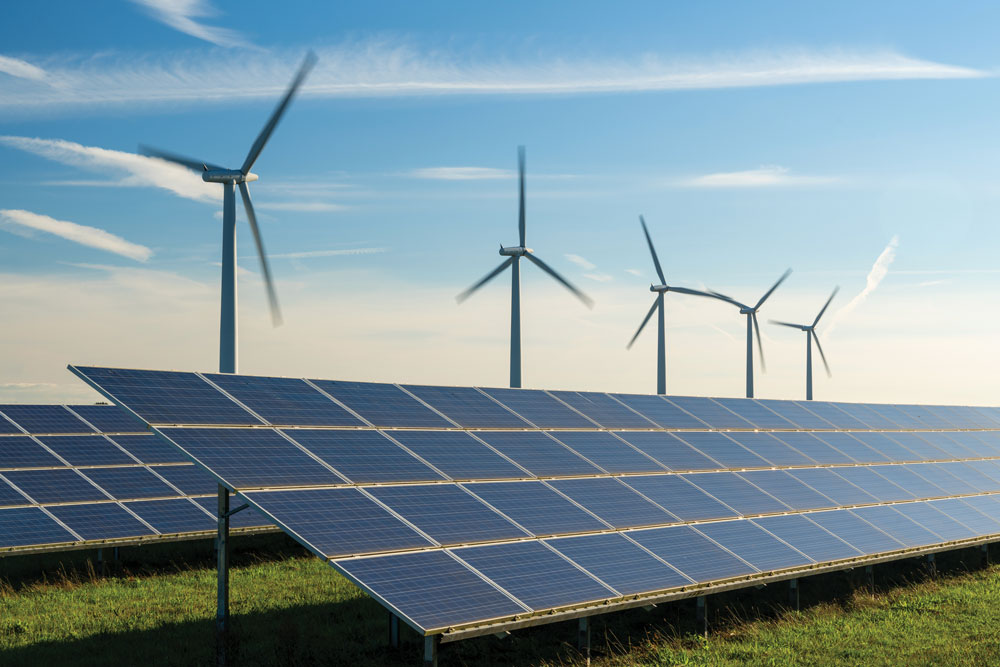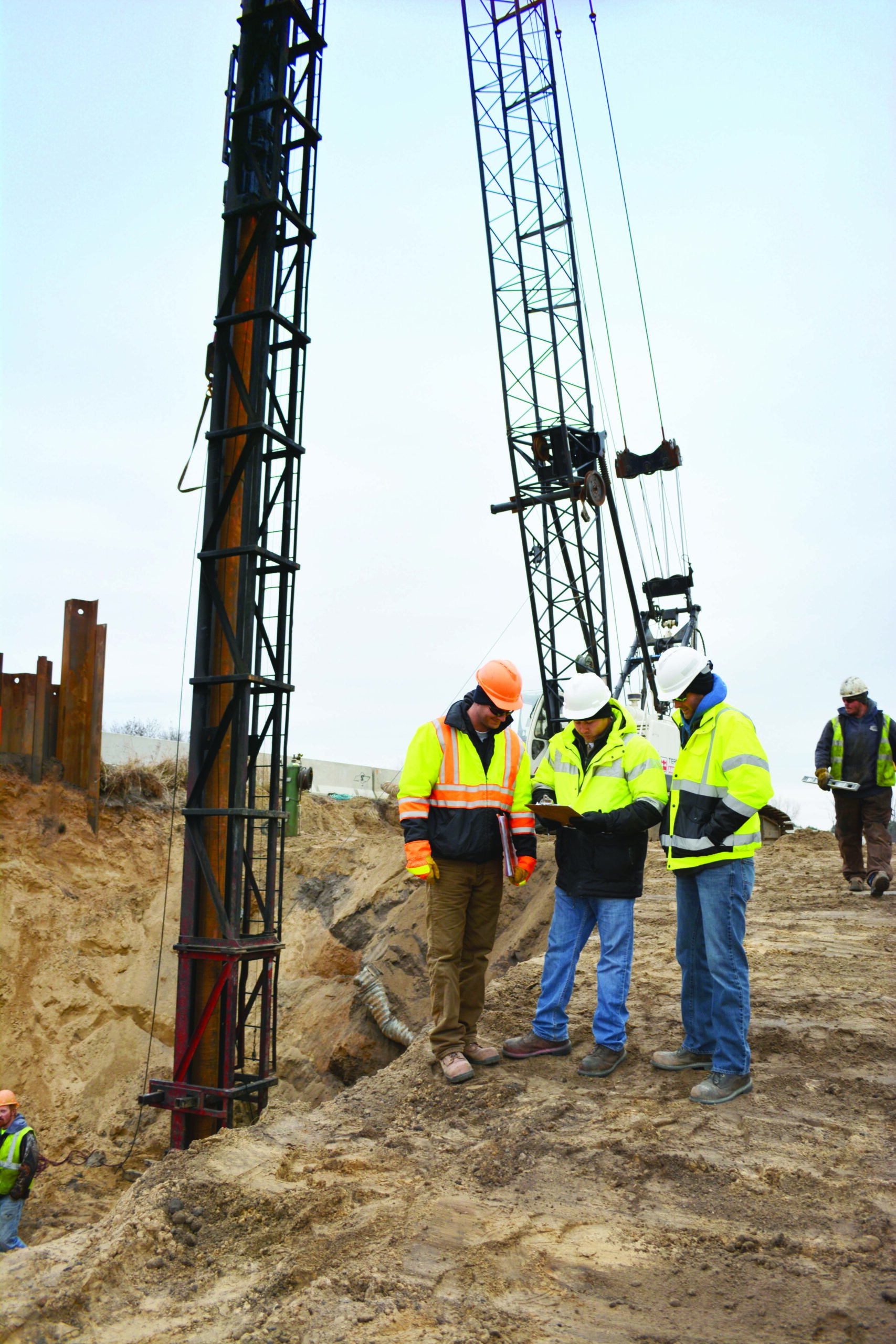
The Path to Energy Sovereignty
By Ameer Kian, Sr Project Manager, WSB
Empowering Tribal Leaders with Sustainable Solutions
In today’s rapidly evolving energy landscape, the shift toward renewable energy sources offers unprecedented opportunities for tribal communities to achieve energy sovereignty. This transition not only fosters environmental sustainability but also strengthens economic resilience and enhances community self-reliance. As tribal leaders, understanding the benefits and practical steps to harness renewable energy is crucial for the prosperity of your communities.
The Benefits of Renewable Energy
Adopting renewable energy sources such as solar, wind, and hydropower can transform the energy dynamics within tribal communities. Here are some key benefits:
- Environmental Stewardship: Renewable energy significantly reduces carbon emissions and minimizes the ecological footprint, aligning with many tribes’ values of respecting and preserving the natural world.
- Economic Development: Investing in renewable energy can create jobs for tribal citizens, stimulate local economies, and reduce dependency on external energy sources, keeping more resources within the community.
- Energy Security: Renewable energy sources are abundant and locally available, reducing vulnerability to volatile energy markets and supply disruptions.
- Cost Savings: Over time, renewable energy systems can lower electricity bills, providing long-term financial benefits for both individual households and the community at large.
- Advancing Community Priorities: By investing in renewables, forward-thinking communities can take measurable steps to advance local climate and sustainability goals, becoming model stewards for other tribes.
Understanding How Renewable Energy Works
Renewable energy harnesses natural processes that are continuously replenished. Here’s a brief overview of some common types:
- Solar Energy: Solar panels convert sunlight into electricity using photovoltaic cells. This energy can be used immediately, stored in batteries, or fed into the grid.
- Wind Energy: Wind turbines capture kinetic energy from the wind and convert it into electrical power.
- Hydro Energy: Flowing water, typically from rivers or dams, generates electricity through turbines and generators.
Each of these technologies can be tailored to the specific needs and resources of tribal lands, ensuring a sustainable and reliable energy supply.
Achieving Energy Sovereignty
Energy sovereignty refers to the ability of a community to control its energy production, distribution, and consumption. For tribal communities, this means leveraging renewable energy to gain independence from external utilities and creating a self-sufficient energy infrastructure. By doing so, tribes can ensure consistent and affordable energy access, protect their environmental resources, and enhance their economic stability.
Steps to Get Started with Renewable Energy
Embarking on the journey to renewable energy requires careful planning and collaboration. Here are some steps to guide you:
- Assess Resources: Begin by evaluating the natural resources available on your land. Consider factors such as sunlight exposure, wind patterns, and water flow.
- Engage the Community: Involve community members in the decision-making process to ensure their needs and perspectives are considered.
- Develop a Plan: Create a comprehensive energy plan that outlines goals, timelines, and budget considerations.
- Secure Funding: Explore funding options, including grants, loans, rebates, and partnerships with government agencies and private organizations.
- Implement the Project: Work with experts to design, install, and maintain renewable energy systems.
How WSB Can Help
At WSB, we specialize in guiding tribal communities through the transition to renewable energy. Our services include community solar feasibility analysis and sustainability planning to help you think both short and long-term.
What is a Solar Feasibility Analysis?
A solar feasibility analysis is a comprehensive assessment that evaluates the viability of a solar energy project. It includes:
- Site Assessment: Analyzing the location to determine the best placement for solar panels.
- Energy Production Estimates: Calculating the potential energy output based on local solar radiation data.
- Financial Analysis: Estimating the costs, savings, and return on investment for the project.
- Regulatory Review: Identifying any legal or regulatory requirements that must be met.
How It Helps
A solar feasibility analysis provides tribal leaders with critical information to make informed decisions. It assures that the proposed solar project is practical, cost-effective, and tailored to the community’s needs. With this analysis, you can confidently move forward with a renewable energy project that maximizes benefits and minimizes risks.
Learn more about how our solar feasibility analysis work with the Shakopee Mdewakanton Sioux Community helped them to secure federal funding to further their renewable energy goals.
Conclusion
Transitioning to renewable energy is a powerful step toward achieving energy sovereignty for tribal communities. By understanding the benefits, how the technology works, and the steps to get started, tribal leaders can pave the way for a sustainable and prosperous future. Partnering with experts like WSB assures that the journey to renewable energy is guided by knowledge, expertise, and a commitment to community well-being. Let us help you take the first step towards a greener, more self-reliant future.
Ameer leads and executes complex renewable energy projects, with a demonstrated expertise in managing teams, optimizing project lifecycles, and delivering innovative solutions. His project management experience includes planning, scheduling, budgeting, risk assessment and stakeholder management. He is passionate about renewable energy technologies, such as solar, battery storage and EV charging.
[email protected] | 763.388.3493


